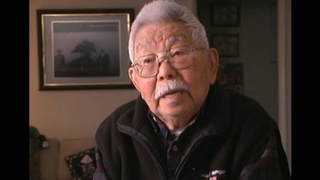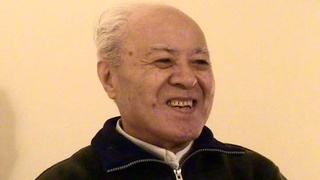Interviews
The first garden he visited in the US
I saw, first one was the tea garden in the Bay Area, yes, and the Golden Gate Park had already, you know, tea garden. And I … I feel, you know, little bit, you know, sort of, “oh my gosh this is too much manicured.” Yeah. Well, you know, I think each garden has a different style of course, and, but I, sometime I wanted to make, you know, something which I like, Japanese garden.
Date: August 10, 2016
Location: California, US
Interviewer: Sojin Kim, John Esaki
Contributed by: Watase Media Arts Center, Japanese American National Museum













